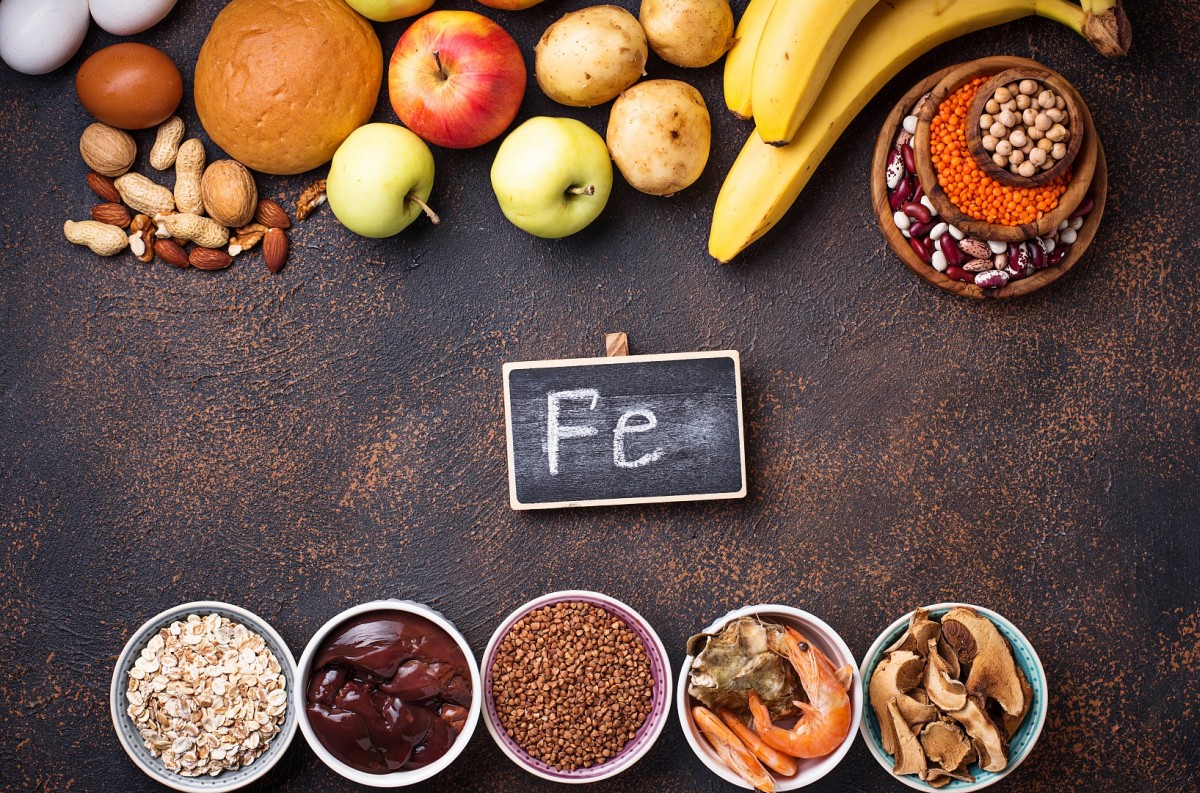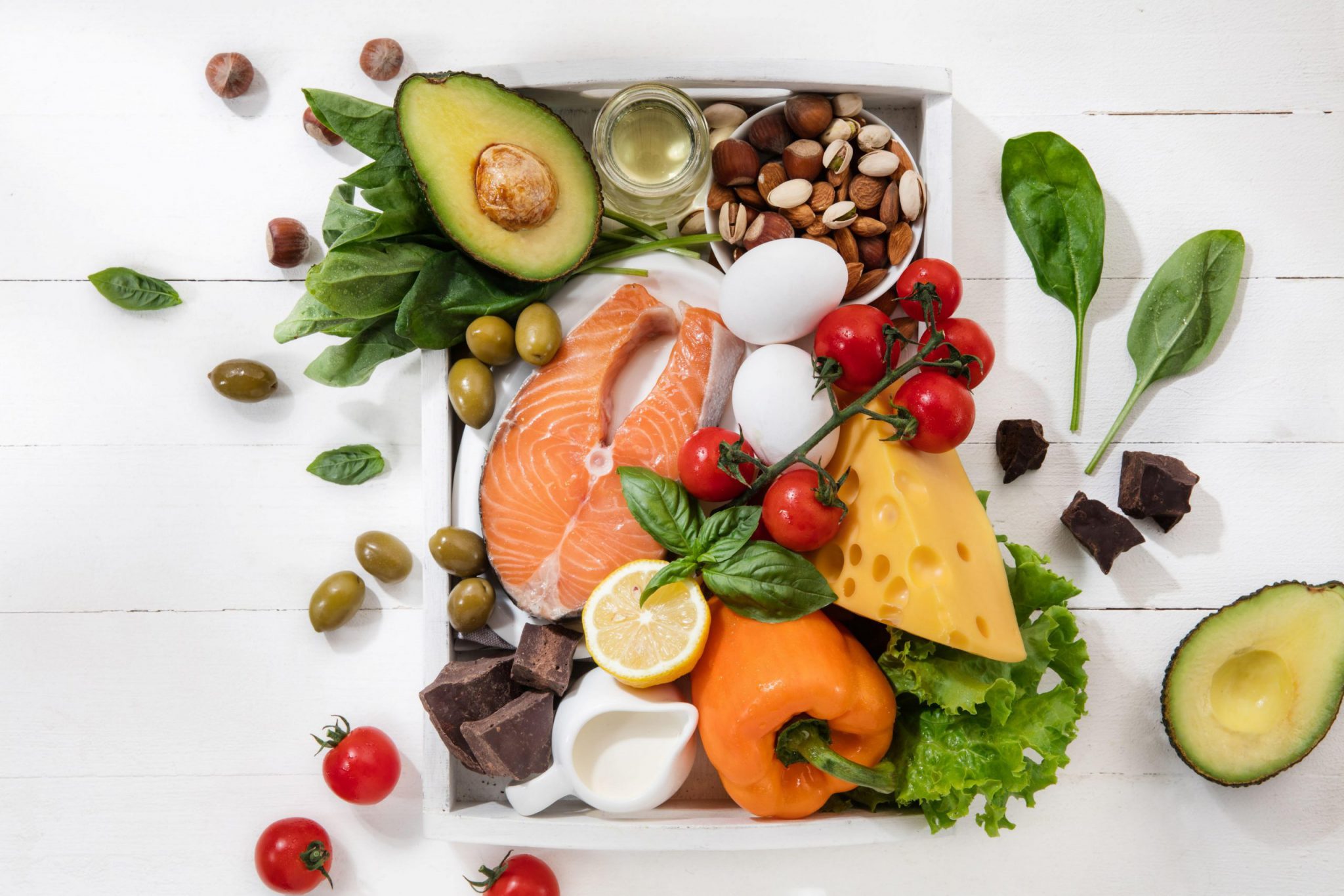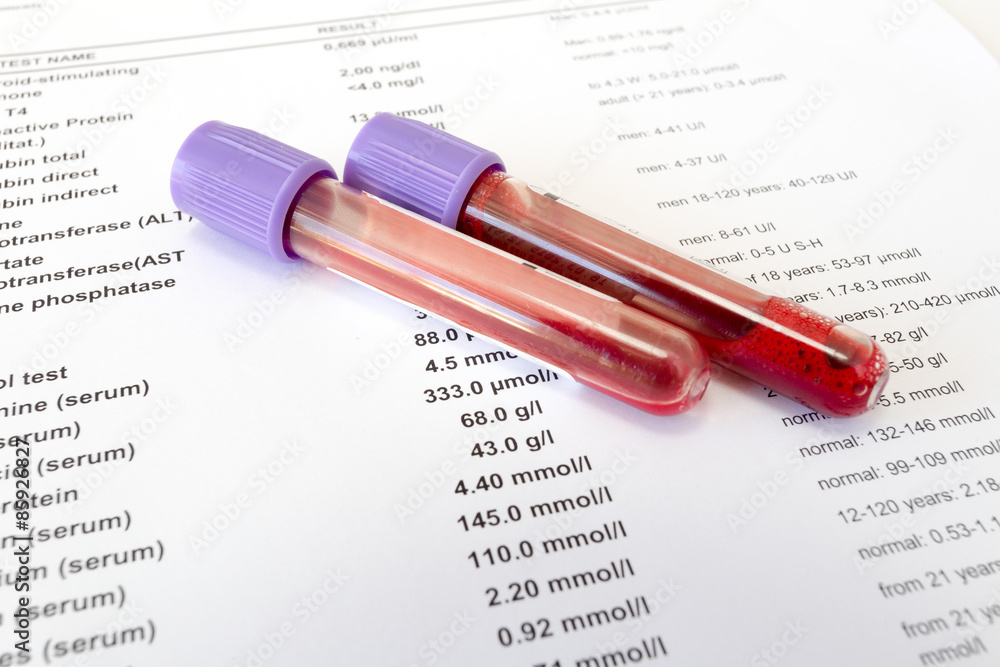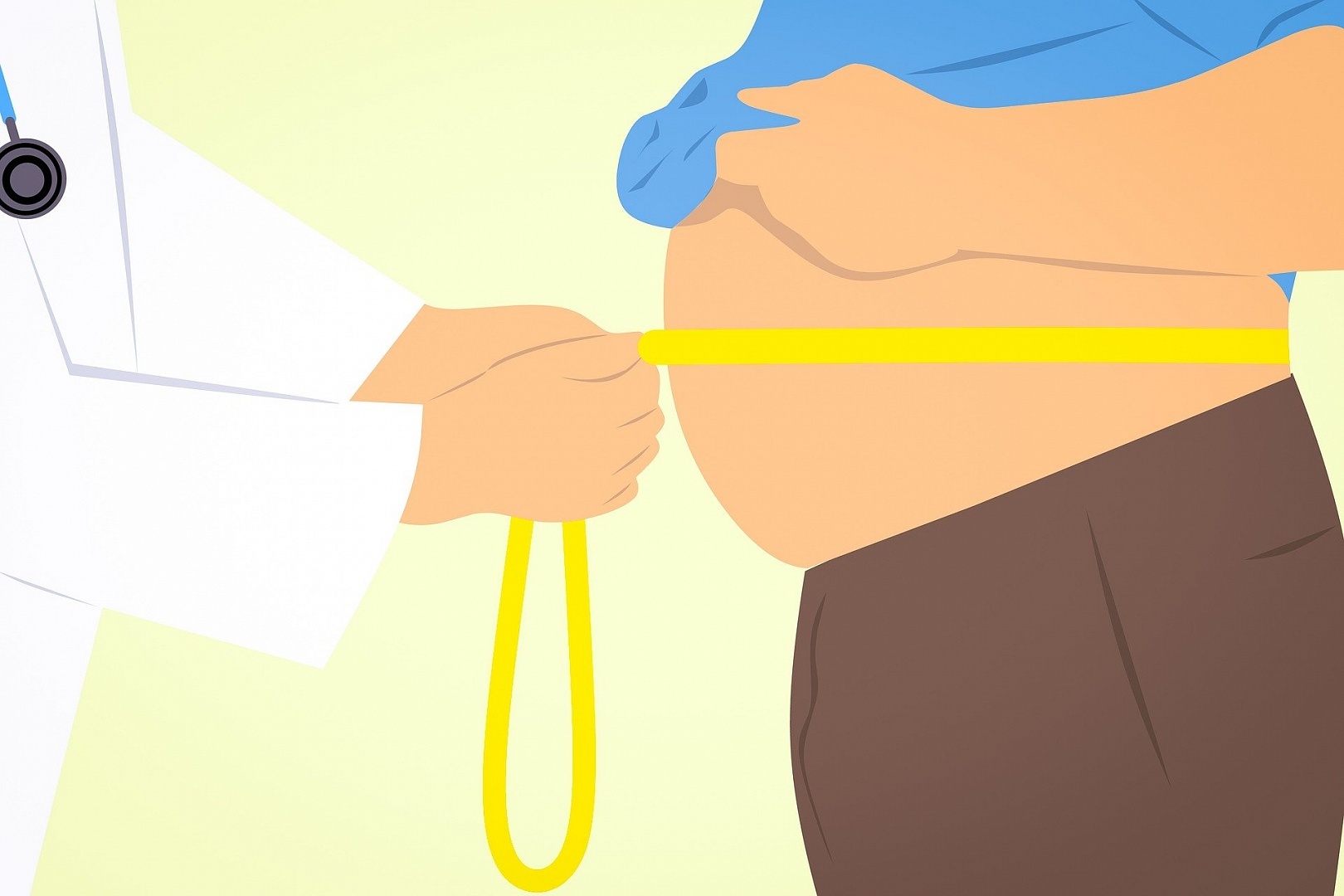The “Healthy Eating Plate” – New recommendations for healthy eating


The new “Recommendations for healthy eating” were published on October 17th 2020, during the 5th National Nutrition Congress. This model is illustrated in the form of a plate full of various products that should be included in your daily diet.
The Healthy Eating Plate is an alternative to the popular Healthy Eating Pyramid. According to leading nutritionists, the latter model was often misinterpreted; Even though the products on the top occupied the smallest area in the pyramid and were meant to be eaten in the smallest amounts, they were mistakenly considered the most important, and vice versa, those on the bottom (i.e. vegetables, fruits, cereals) were sometimes considered the least important.
Another reason for introducing the new model in Poland was the conclusions drawn from statistical data on what constitutes a healthy, balanced diet in Europe. Poland ranks 24th out of 28 European countries in terms of the consumption of fruit and vegetables. We eat them 42% less than other Europeans. The recommendations developed by the National Institute of Public Health – National Institute of Hygiene in Warsaw, which are presented in the form of a plate, are postulated to help in adapting and encouraging new eating habits.
This new model was prepared on the basis of a literature review of the role of individual nutritional components and types of diets needed to maintain a healthy lifestyle. The Healthy Eating Plate model is already observed in many countries (i.e. United States, UK, Germany). Each country has slight variations to it, as it takes into account the eating habits of their population and the availability of local products.
The Healthy Eating Plate is divided into 3 sections:
I) The first section contains products that should be consumed in greater quantities (i.e. fruits and vegetables). It covers half of the plate.
II) The second section contains foods that should be consumed less (i.e. red meat, processed meat products)
III) The third section contains products that should be completely eliminated from our diet with suggestions of appropriate alternatives
– cereal products should be replaced with whole grain products (i.e. wholemeal bread, oatmeal, dark pasta)
– animal fats should be replaced with vegetable fats (i.e. rapeseed oil, olive oil)
Additional recommendations can be found surrounding the plate. They include information regarding physical activity and the importance of maintaining a normal body weight.
Further supplemental information the Healthy Eating Plate image can be accessed in the Healthy Eating Recommendations section “3 steps to health”, which aims to provide guidance on how to implement the individual nutritional recommendations in 3 steps:
STEP 1- take the first step
STEP 2- implement the recommended level
STEP 3 – achieve further health benefits
Conclusions from analyses of the new recommendations for healthy eating
Which food products should be consumed more?
The following is a list of recommended products that should appear more often in our diets:
- Products from whole grain cereals,
- Multi-colored fruits and vegetables (with a predominance of vegetables),
- Seeds of legumes,
- fish (especially oily fish),
- low-fat milk products (especially fermented),
- nuts and seeds
Which food products should be consumed less?
You should aim to reduce consuming the following products:
- Salt,
- Red meat,
- Processed meat,
- Sugar,
- Sweet drinks,
- Junk food.
Which food products should be replaced with alternatives?
- Processed cereal products → whole grain cereal products,
- Red meat and preserves → fish, poultry, eggs, pulses, nuts,
- Sweetened drinks → water,
- Full-fat dairy products → low-fat dairy products,
- Fried/grilled food → steamed/baked/cooked food
Recommendations for individual products
- Meat and Meat Products
- Introduce a meat-free day at least once a week
- Avoid consuming more than 500g of red meat and/or processed meats (cold cuts, sausages) per week. These products are high salt content and contain harmful fats (saturated and trans fatty acids) that lead to an increase in blood cholesterol.
- Replace processed meats and red meat with poultry, fish, pulses and eggs.
- Change to plant based protein such as legumes (beans, chickpeas, soybeans, peas, lentils, broad beans) and nuts.
- Fish
Oily fish (i.e. salmon, herring, hake, mackerel, sardine, cod) are a good source of omega-3 unsaturated fatty acids, which protect the body against atherosclerosis, a major cause of heart attacks and strokes. These fish should be consumed twice a week.
- Fruit and Vegetables
Fruit and vegetables should be the dominant food group in your diet. This is why it is represented as half of the Eating Healthy Plate. Consuming these food products is linked to a reduced risk of cancer, cardiovascular diseases (hypertension, strokes, heart attacks), and many other chronic diseases (including diabetes and obesity).
- The minimum daily consumption of fruits and vegetables should amount to 400g, but the general rule is “the more, the better.” For example, if you eat 5 meals a day, a portion of vegetables and/or fruit should weigh around 80g.
- Keep the correct balance between the fruit and vegetables – you should consume more vegetables than fruit.
- Eat as many different colored vegetables and fruits as possible.
- Grain products
Whole grain products should be the main source of complex carbohydrates and dietary fiber and make up a quarter of the Healthy Eating Plate. This includes buckwheat, rice, wholemeal bread and wholemeal pasta.
- The minimum daily consumption of whole grain cereals is 90g per day (approximately 3 servings).
- Replace processed breads (white bread buns, white bread) with whole grain breads (i.e. graham bread, oatmeal, buckwheat).
- Fats
- Limit your consumption of foods such as cookies, chocolate bars, salty snacks, fast-food and full-fat dairy products. In addition to large amounts of salt and sugar, they are filled with trans-fats that are harmful to your health.
- Read labels and choose products with lower fat content.
- Replace animal fat products with vegetable fats (i.e. rapeseed oil, olive oil).
- Salt
- Limit salt intake to 5g per day (1 teaspoon); salt can be substituted by aromatic herbs,
- Read labels and choose products with no added salt or with a lower salt content.
- Milk and milk products
- Replace milk and full-fat dairy products with those that contain a reduced fat content.
- Consume 2 cups of milk a day. You can also replace milk with yogurt, kefir, buttermilk, and cottage cheese. These products have probiotic properties that allow for better digestion in people with lactose intolerance.
- Choose dairy products without added sugar.
The Healthy Eating Plate – the frequency, time and method of preparation of meals
- Eat regularly.
- Avoid snacking between meals.
- Eat majority of your meals in the first part of the day. Avoid eating at bedtime and at night.
- It is not only “what” you eat, but, but also “how” you eat that matters. Baking, stewing and steaming are much healthier ways of preparing meals than grilling and frying.
Physical activity and the Healthy Eating Plate
A healthy diet is a good first step, but it is not enough. The new dietary guidelines take into account the importance of physical activity and maintaining a healthy body weight.
- Be active – walk, do active housework.
- Be physically active for at least 30 minutes a day. Take at least 5,000 steps a day for your health.






